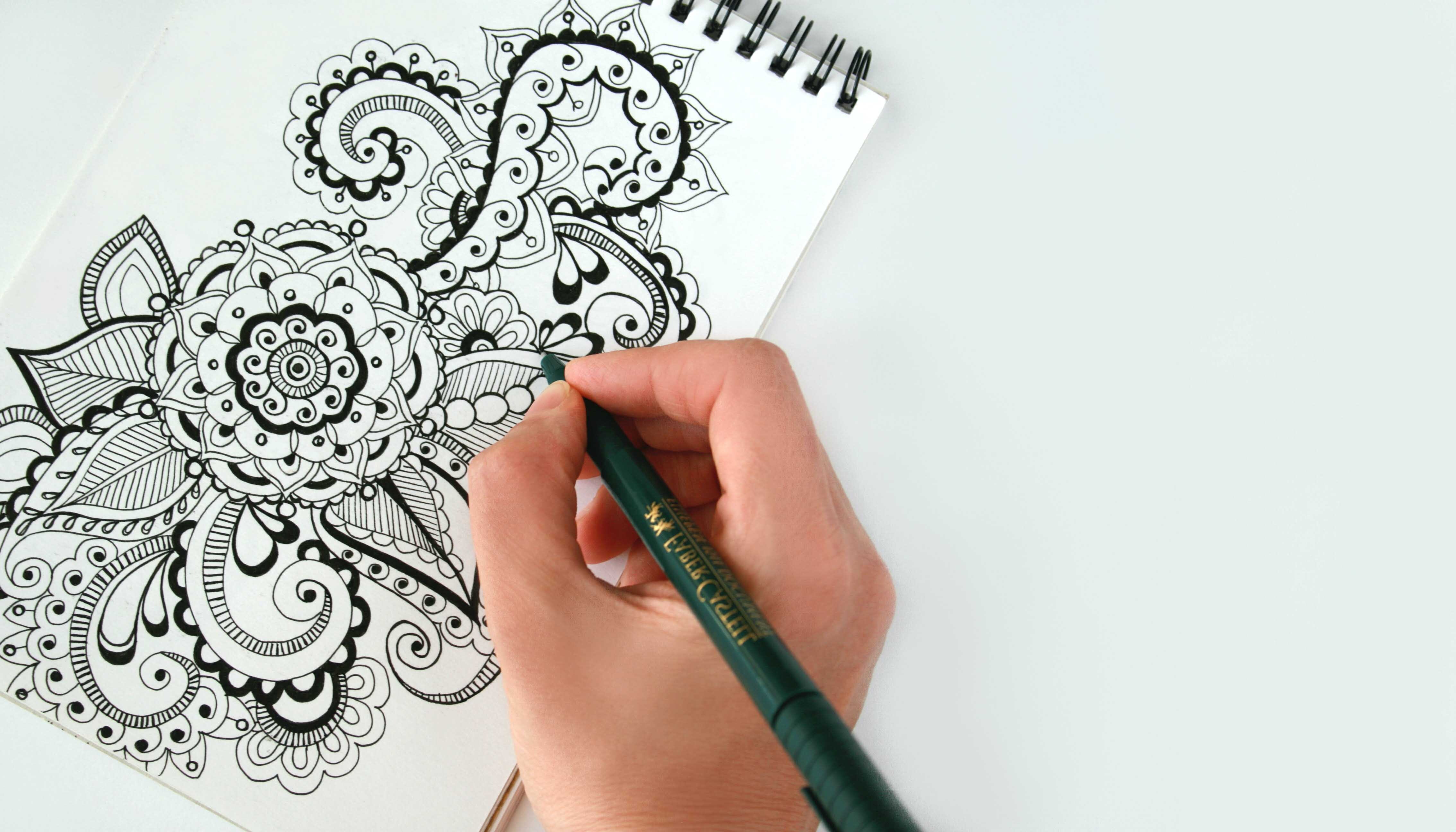6 January 2025
Imagine that you have been invited to participate in a three-hour long meeting. The agenda of the day is not very clear, the room is too small, there are no beverages, and the oxygen is running out. You hear the same people speak over and over again, making interminable presentations. The event lacks energy and ideation, involvement and pace. You go home frustrated and uncommitted with a feeling of having wasted your time – and you are probably not the only one. Luckily, most sessions are not that extreme. However, you will probably be able to recognise some of the above elements from, for example, meetings, events and conferences you have attended.
It may be difficult to point out why some sessions succeed, and others do not, but this is what we intend to find out. With this article, we will provide some suggestions for what you can do to add more meaning and value to the meetings and workshops you facilitate. The purpose of the article is hence to increase focus on how to create successful meetings and workshops.
Facilitation of meetings, workshops and other types of processes does not require ten years of experience, but it requires you to have a good knowledge of the art of facilitation and be able to put it into practice. In this article, we will describe the facilitator’s role and provide specific methods and tools for the facilitator to use in his/ her daily work. The article is useful to people working as chairpersons of meetings, project managers, consultants and managers who all have in common that they sometimes are to gather different groups of people who are to be involved and take ownership of different tasks and results.
